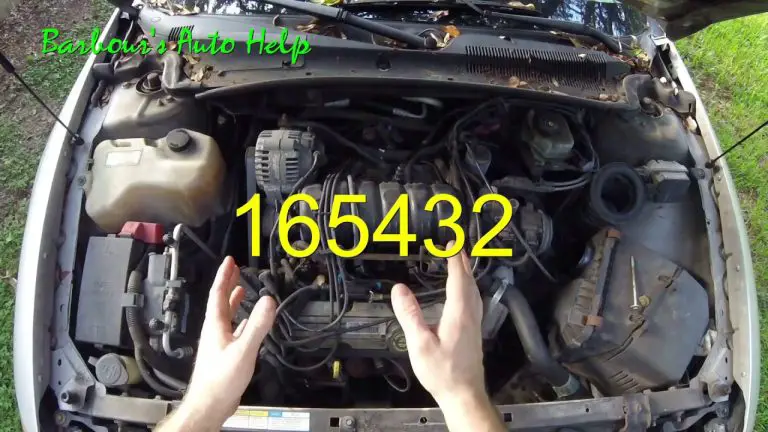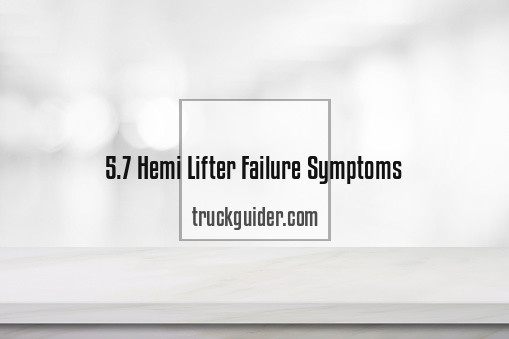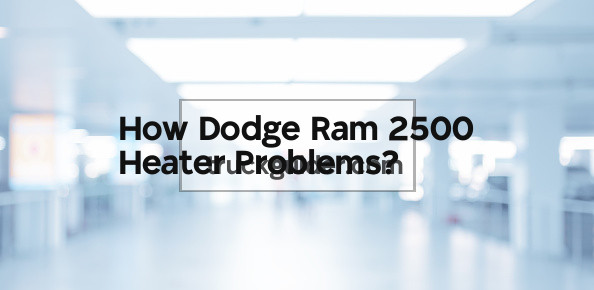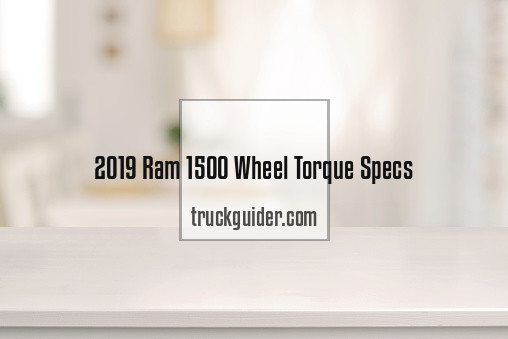how to remove the governor from an engine
Have you ever wondered what it takes to unleash the full potential of your engine by removing its governor? In the world of engine mechanics, the governor plays a pivotal role in regulating speed and ensuring safety. But for those who crave more power and performance, the idea of removing this component can be both intriguing and daunting.
In this comprehensive guide, we delve into the world of engine governors – what they are, their functions, and the implications of removing them. Whether you’re an avid car enthusiast or a professional seeking to modify your vehicle, understanding the intricacies of this process is crucial. We’ll explore the step-by-step method of removing the governor, the technical considerations to keep in mind, and the potential risks involved. From the essential preparatory steps to post-removal care, this article is your go-to resource for all things related to engine governor removal.
So, if you’re curious about boosting your engine’s performance or simply want to learn more about this technical endeavor, you’re in the right place. Let’s rev up and dive into the details!
Preparatory Steps Before Removing the Governor
Embarking on the task of removing an engine’s governor requires more than just a bold spirit; it demands thorough preparation and an understanding of the risks and requirements. Here, we outline the essential steps and precautions to ensure a safe and effective removal process.
Safety First: Essential Precautions
Before diving into the mechanical aspects, prioritizing safety is paramount. Always start by disconnecting the negative battery cable. This simple yet crucial step prevents any electrical damage or short circuits while working on the engine. Additionally, ensure you’re equipped with safety gear, including gloves and protective eyewear, to guard against any unforeseen mishaps.
Gathering the Right Tools
The right tools can make a significant difference in the ease and success of your project. For governor removal, you will typically need:
- A set of screwdrivers, including a Phillips head.
- A 10mm socket for adjusting and removing specific components.
- Basic hand tools like pliers and wrenches for general tasks.
- Any specialized tools specific to your vehicle’s engine model.
Familiarizing Yourself with Your Engine
Each engine model might have the governor located in a different position or require specific steps for access. Spend time understanding your engine’s layout, focusing on the location of the governor, the electronic control unit (ECU), and related components. Consult your vehicle’s manual or reliable online resources for model-specific information.
By following these preparatory steps, you’re setting the stage for a successful governor removal. It’s not just about the physical dismantling; it’s about doing it safely, efficiently, and with the right knowledge at hand.
Step-by-Step Guide to Removing the Governor
Removing the governor from an engine is a meticulous process that demands precision and attention to detail. This step-by-step guide aims to simplify the task, helping you navigate through each stage with clarity and confidence.
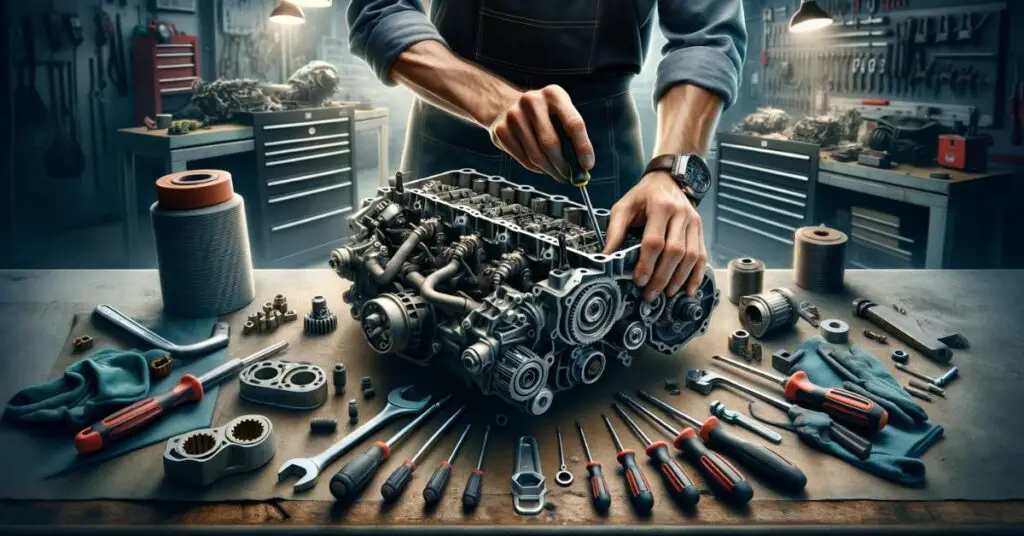
Locating the Governor in Different Engine Types
The first step is to identify where the governor is situated in your engine. This location can vary based on the engine model and type. In most cases, the governor is positioned near the engine block or attached to the carburetor. Familiarize yourself with your engine’s specific layout, possibly using a service manual or online diagrams as a reference.
Removing Screws and Components
Once you have located the governor:
- Identify the screws securing the governor. There are usually several, often six, placed around the component.
- Use a Phillips screwdriver or the appropriate tool for your engine type to carefully remove these screws.
- Gently lift the governor assembly, being mindful of any connected cables or linkages.
- Carefully detach the governor from the engine, ensuring you do not disturb other nearby components.
Handling the Electronic Control Unit (ECU)
In modern vehicles, the ECU plays a vital role in engine management. If your governor’s removal involves adjustments to the ECU:
- Locate the ECU, often found near the glove box or under the dashboard.
- Use a 10mm socket to loosen and remove the ECU from its bracket.
- If necessary, replace the existing ECU with a programmer that suits your modified engine requirements.
By following these steps, you can successfully remove the governor from your engine. However, remember that this guide is a general outline, and specific steps may vary based on your vehicle’s model and engine type. Always refer to your vehicle’s service manual for detailed instructions tailored to your specific engine.
Technical Considerations and Warnings
Venturing into the territory of governor removal is not just a matter of following steps; it’s about understanding the deeper implications and risks involved. This section highlights key technical considerations and warnings to bear in mind before and after removing the governor from an engine.
Potential Risks of Removing the Governor
The governor is designed to cap the engine’s speed for good reason. Removing it exposes the engine to higher operating speeds than what it was originally designed for. This increased strain can lead to:
- Overheating, as the engine works harder than usual.
- Accelerated wear and tear on engine components.
- Increased risk of mechanical failures.
- Potential voiding of the vehicle’s warranty.
Impact on Engine Life and Performance
While removing the governor can unlock more speed and power, it’s crucial to consider the long-term effects on your engine’s health and performance. Operating without a governor can shorten the engine’s lifespan and may require more frequent maintenance and repairs. Additionally, the increased power output might necessitate upgrades to other vehicle components to handle the added stress.
Legal and Safety Concerns
It’s also important to be aware of the legal implications of modifying your vehicle’s engine. In some regions, removing the governor might not comply with road safety regulations or emission standards. Furthermore, such modifications can affect the legality of driving the vehicle on public roads and impact insurance coverage.
In conclusion, while the allure of increased performance is strong, it’s essential to weigh these technical considerations and potential risks against the benefits. Being informed and cautious will help ensure that your decision to remove the governor is both safe and suitable for your specific situation and vehicle.
Post-Removal Steps: Checking and Testing
After successfully removing the governor from your engine, it’s crucial to perform thorough checks and tests to ensure everything is functioning correctly. This phase is about ensuring safety and efficiency, as well as making any necessary adjustments for optimal performance.
Engine Inspection and Verification
- Visual Inspection: Once the governor is removed, conduct a detailed visual inspection of the engine. Ensure that all components are reassembled correctly, and there are no loose parts or tools left in the engine bay.
- Check for Leaks: Pay close attention to any signs of oil or fuel leaks around the engine, particularly near the areas where you worked.
Testing the Engine’s Performance
- Idle Test: Start the engine and let it idle. Listen for any unusual noises or irregularities in the engine’s behavior. An unstable or fluctuating idle can indicate issues that need addressing.
- Road Test: If the idle test is successful, proceed with a cautious road test. Monitor the engine’s response, acceleration, and overall performance. Be alert for any signs of overheating or unusual engine sounds.
Safety Precautions and Legal Compliance
- Always conduct these tests in a safe and controlled environment.
- Ensure that your vehicle is compliant with local regulations, especially after making modifications.
Adjustments and Fine-Tuning
- Based on the test results, you may need to make adjustments. This can include fine-tuning the fuel-air mixture or adjusting other related components to accommodate the increased engine speed and performance.
- Consider consulting a professional mechanic for fine-tuning, especially if you encounter issues or if the engine’s performance is not as expected.
Post-removal checks and tests are vital in safeguarding the integrity of your engine and your safety. They help in identifying any issues early on, allowing for timely rectification and adjustments.
Alternative Methods: Modifying Instead of Removing
While removing the governor is one way to enhance engine performance, it’s not the only route. Sometimes, modifying the governor or opting for less invasive alternatives can yield desired results without the extensive risks associated with complete removal. This section explores these alternatives and their benefits.
Adjusting the Governor for Increased Performance
- Fine-tuning the Governor Settings: Instead of removing the governor entirely, consider adjusting its settings. This method allows for a controlled increase in engine speed limits while maintaining some level of protection against over-revving.
- Benefits: This approach offers a balance between improved performance and maintaining engine safety and longevity.
Upgrading Components for Enhanced Efficiency
- High-Performance Parts: Installing high-performance parts like a better air intake system, exhaust, or fuel injectors can significantly boost engine performance without removing the governor.
- ECU Remapping: Sometimes, reprogramming the Engine Control Unit (ECU) can unlock more power and efficiency from the engine while keeping the governor in place.
The Merits of Modification Over Removal
- Maintaining Engine Integrity: Modifying rather than removing the governor helps preserve the engine’s original design integrity and longevity.
- Legal and Warranty Considerations: These modifications are often less likely to void vehicle warranties or conflict with legal regulations compared to complete governor removal.
Opting for modification or less invasive alternatives can be a wise decision, especially for those who seek a middle ground between enhanced performance and preserving the engine’s health and compliance with regulations.
Legal and Warranty Implications
Before proceeding with governor removal or modification, it’s crucial to consider the legal and warranty implications. Understanding these aspects can help you make an informed decision and avoid potential legal or financial issues down the line.
Understanding Legal Restrictions
- Road Safety Regulations: Depending on your location, there may be legal restrictions on modifying vehicle engines, particularly for use on public roads. Removing the governor could render your vehicle non-compliant with these regulations.
- Emission Standards: Engine modifications can also affect a vehicle’s emissions, which might not align with environmental and emission standards in your area.
Impact on Vehicle Warranty
- Voiding Manufacturer’s Warranty: Modifying your vehicle, especially a critical component like the governor, can void the manufacturer’s warranty. This means any future repairs or issues, even unrelated to the modification, may not be covered under warranty.
- Insurance Coverage: Similarly, insurance companies may have policies regarding vehicle modifications. Removing the governor could lead to increased premiums or even denial of coverage, particularly in the event of an accident.
Navigating the Legal Landscape
- Consulting Experts: It’s advisable to consult with legal experts or local authorities to understand the specific laws and regulations in your area before making any modifications.
- Documenting Changes: If you decide to proceed, keep detailed records of all modifications. This documentation can be crucial in discussions with insurance providers or in legal situations.
The legal and warranty implications of removing or modifying a vehicle’s governor are significant. These considerations should be weighed carefully against the desired benefits of such modifications. Ensuring that you remain informed and compliant can save you from potential legal hassles and financial burdens in the future.
Expert Tips: Maintenance and Care Post-Removal
Once the governor has been removed from your engine, it’s essential to adopt a proactive approach to maintenance and care. This section offers expert tips to ensure your engine remains in top condition, despite the increased demands placed on it.
Regular Engine Check-Ups
- Frequent Inspections: Without the governor, your engine works harder and is more susceptible to wear and tear. Regular inspections are crucial to identify and address any issues early.
- Key Areas to Monitor: Pay special attention to the cooling system, lubrication levels, and any unusual engine noises or behaviors.
Adjusting Maintenance Schedules
- Shortened Service Intervals: Given the increased strain on the engine, shorten the intervals between service checks. This includes oil changes, filter replacements, and overall engine diagnostics.
- Professional Assessments: Periodically have your engine checked by a professional mechanic who can provide expert advice and identify issues that may not be apparent to the average driver.
Upgrading Engine Components
- High-Performance Parts: Consider upgrading to high-performance parts designed to withstand increased stress, such as reinforced hoses, stronger belts, and high-grade lubricants.
- Cooling System Enhancements: Since overheating is a risk, enhancing the cooling system can help manage the engine’s higher operating temperatures.
Being Mindful of Driving Habits
- Responsible Driving: Avoid pushing your engine to its limits too frequently. Responsible driving can help mitigate the extra wear and put on an engine without a governor.
- Monitoring Performance: Keep a close eye on performance indicators, like fuel efficiency and acceleration, to gauge if the engine is functioning optimally.
Maintaining an engine after removing the governor requires diligence and a commitment to regular care. These expert tips can help ensure that your engine continues to perform at its best, balancing the desire for enhanced performance with the practicalities of engine health and longevity.
Conclusion
The decision to remove the governor from an engine is not one to be taken lightly. Throughout this guide, we’ve explored the technicalities, risks, and considerations that come with such a modification. From understanding the governor’s role in engine performance to navigating the post-removal landscape, each section has aimed to provide comprehensive insights into this intricate process.
Removing the governor can unlock greater engine potential, but it’s accompanied by increased responsibility for maintenance and a heightened awareness of the potential risks. Balancing the allure of enhanced performance with the realities of engine health, legalities, and safety is key. Whether you’re an enthusiast seeking a performance boost or a professional in need of a more powerful engine, the information presented here serves as a crucial guide to making an informed decision.
Ultimately, governor removal should be approached with caution, respect for the mechanics involved, and a thorough understanding of the consequences. As with any significant modification, it’s always recommended to seek professional advice and consider all angles before proceeding.
Remember, power and performance come with a price; being prepared and knowledgeable is your best defense against unforeseen complications.


